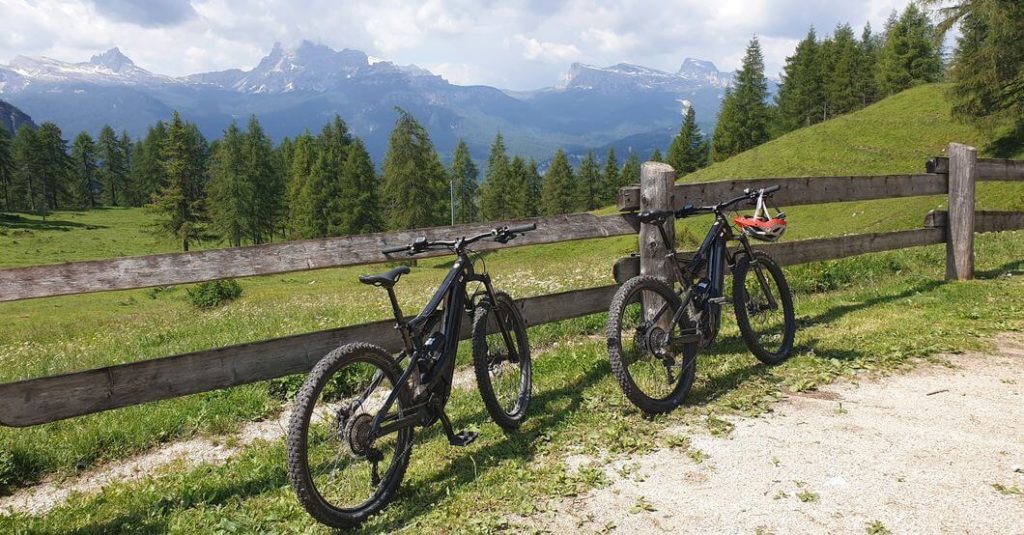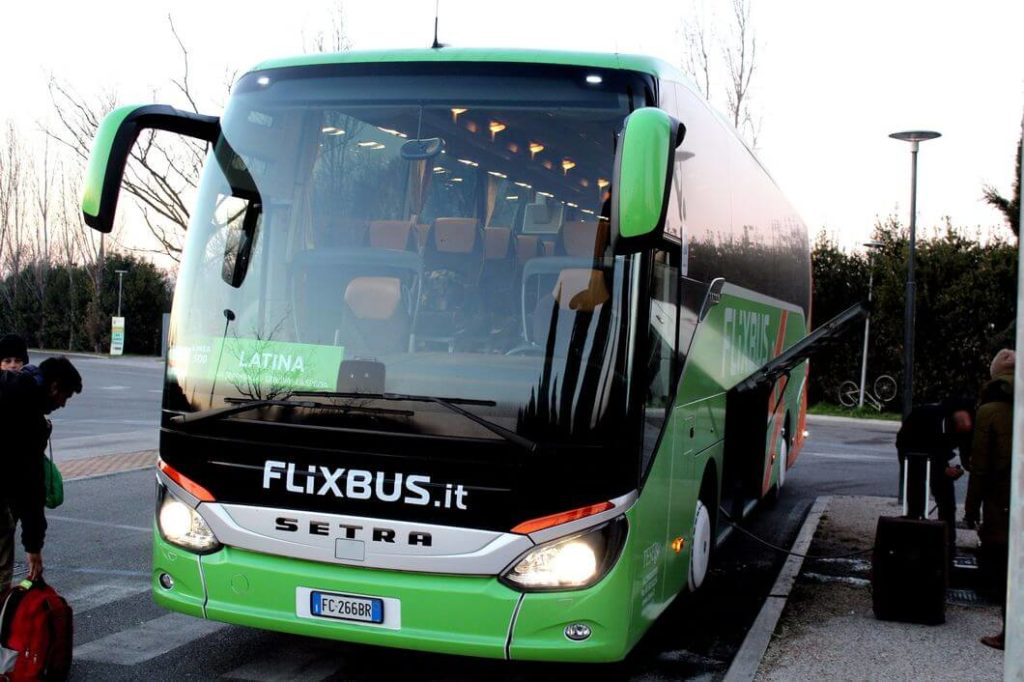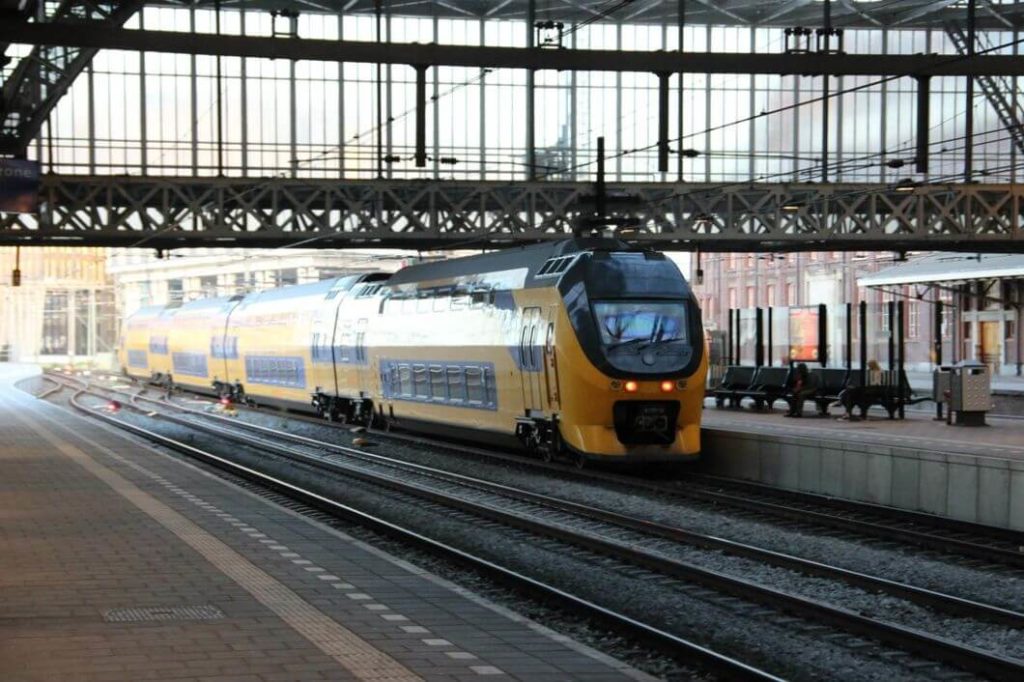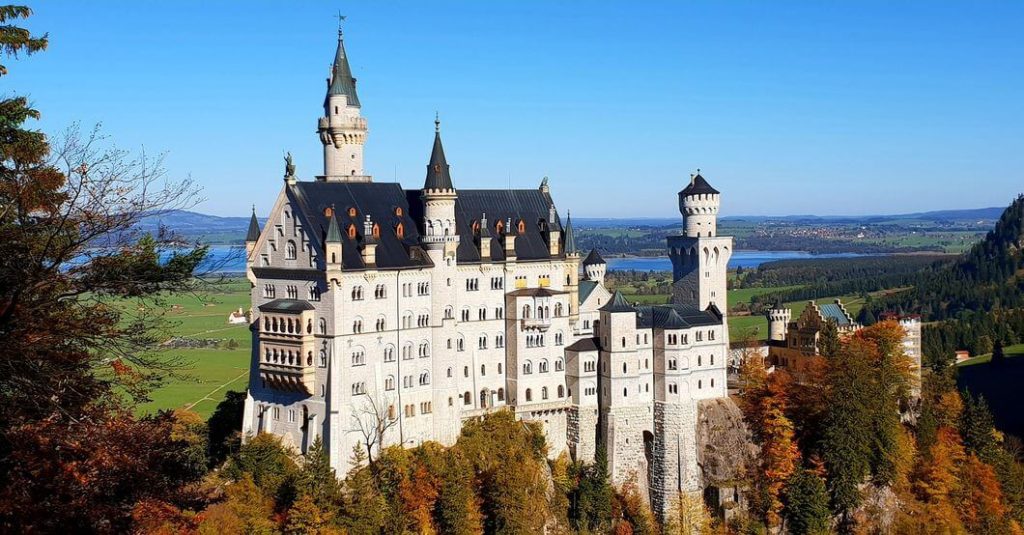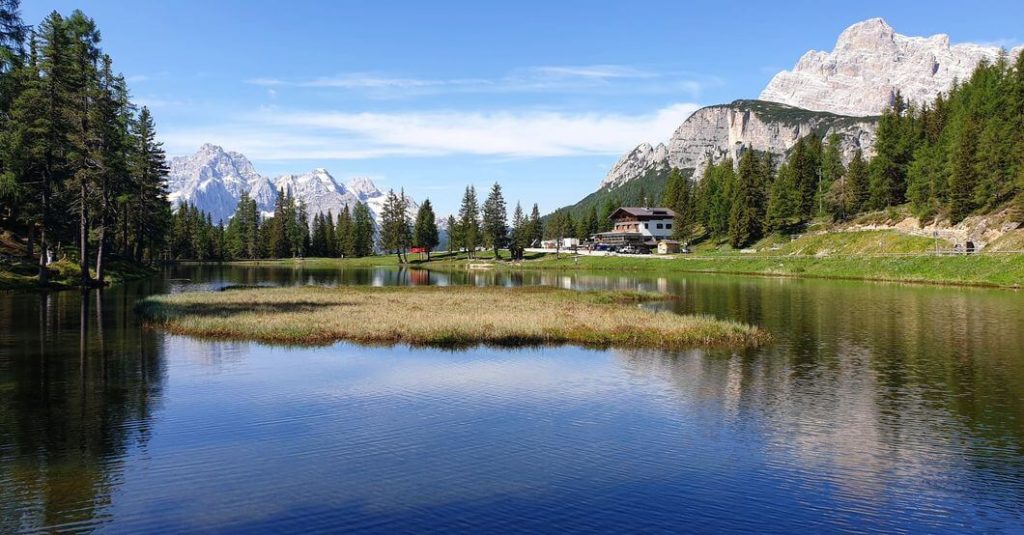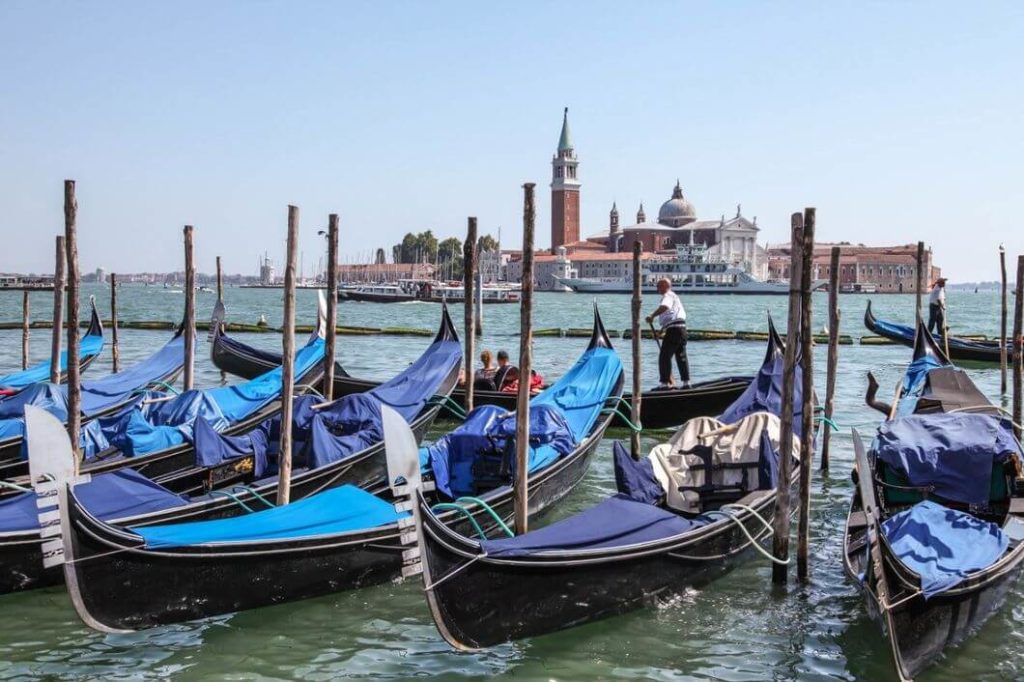Before you travel to Europe, take a moment to think dollars and cents — or should I say pounds and Euros? Get the most for your money abroad by doing a little research first.
The most important step is to know your options. In decades past traveler’s checks were the best way to carry cash abroad. But today I tend to rely on credit/debit cards and ATM withdrawals. These often give favorable exchange rates and lower fees.
What’s the best option for you? Here are a few straightforward money travel tips to use while traveling Europe on a budget:
Use ATMs Instead of Currency Exchange Booths
You’ll get a better exchange rate when withdrawing money from ATMs. Exchange booths at airports add a surcharge for their services that you can easily avoid. Call up your bank (don’t just rely on their website!) before you leave your country, and tell them that you need to do foreign transactions in a different currency and use in Europe. They may remove the restriction permanently or at your request for a fixed period.
Know Your Cards’ Fees
The main benefit of using credit cards while traveling in Europe is that credit card purchases are exchanged at the interbank exchange rate, usually the best rate you can get for currency exchange.
Of course, you can use credit cards to withdraw cash at ATMs, but you should remember that they’ll be subject to any finance charges your credit card company imposes. These little fees start to add up each time you withdraw money.
If you can’t find a bank that doesn’t charge you for international withdrawals, call your bank and ask them how much they charge instead. It doesn’t matter whether it’s a VISA or MasterCard, each card issuer has its own fees and it’s essential you know the fees they are charging. You may also want to know if your bank has ATM partners in Europe to avoid withdrawal fees, transfer or balance, as well as the ATM operator access fee.
Know the Best Ways to Carry Money in Europe
Are you going to need your car wash loyalty card when you’re 7,000 miles away from home? Probably not. Before you leave, take the time to go through your wallet and leave everything except the necessities at home. I always keep in mind that the more I bring out, the more there is to lose. I-can’t-afford-losing approach works just fine.
On the road, I prefer to take a low-risk approach with valuable items and leave extra cash in the hotel safe. When heading out for the day, I usually take enough cash with me to cover the travel, daily expenses, and any spontaneous short trips but will wear a money belt in Europe to outsmart pickpockets. I think it’s one of the best ways to carry a passport and money when traveling. I’ll also take a credit card each for emergency situations.

Always Pay in Local Currency When Using Cards
I’m not sure if this is a recent trick by banks, but it’s something I first noticed four years ago in Thailand. And it seems they don’t plan to stop doing it! Some of my friends have fallen victim to it more than once and, in conversations with travelers, it’s clearly something that confuses a lot of people.
In this Europe travel guide, I’m going to give you a clear answer.
So, the scenario is that you’re buying homemade wine at a local wine shop with your credit card. The friendly cashier offers you the opportunity to pay at the point of sale (POS) in USD (your home currency) or in EUR (the local currency). If you’re from the U.S. you may assume that paying in USD is going to be more convenient for you. In fact, it’s not.
In reality, it’s a total rip-off called dynamic currency conversion. When you pay in a foreign shop or withdraw money from ATMs abroad you must say or select to withdraw in the local currency, not your home currency. Otherwise, the exchange rate can be imposed either by the local bank or the shop at their pre-determined rate. And that would be a complete rip-off!


